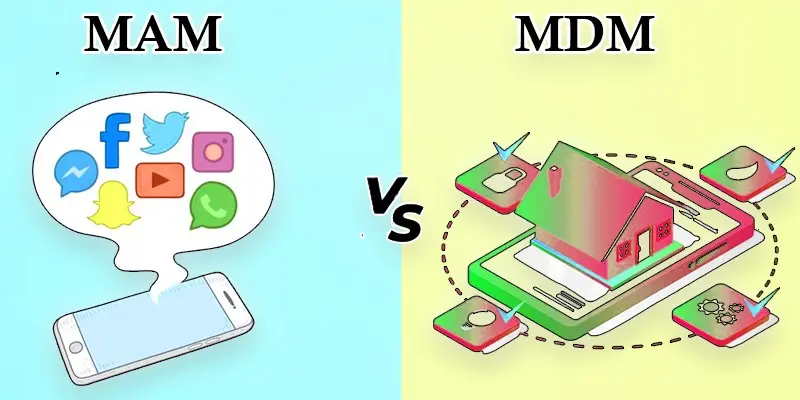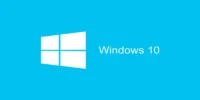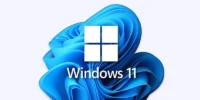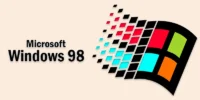What is the Difference Between Mobile Application Management vs Mobile Device Management
Published: 31 Jan 2025
Mobile Application Management vs Mobile Device Management
Did you know businesses are projected to spend over $120 billion on mobile security solutions by 2027? With so much at stake, many struggle to decide: should you secure the entire device or just the work apps? Balancing security and employee privacy is a common challenge, especially when personal and professional use overlap. Imagine an employee using their personal phone for work—how do you protect company data without disrupting their personal apps? Understanding the difference between Mobile Application Management (MAM) and Mobile Device Management (MDM) is key to finding the right solution.
What is the Difference Between (MAM vs MDM)
Mobile Application Management (MAM) and Mobile Device Management (MDM) are two tools used to secure and manage mobile technology in workplaces. MAM focuses on controlling apps, while MDM manages the entire device.

Mobile Application Management
(MAM) focuses on managing and securing applications on mobile devices, ensuring that business apps and their data are protected.
Mobile Device Management
(MDM) is broader, managing the entire device, including apps, settings, and security policies. While MAM controls app-level functions, MDM handles device-level management, offering complete control over devices used in the workplace.
| Mobile Device Management (MDM) | Mobile Application Management (MAM) |
|---|---|
| Manages entire device | Manages only apps on the device |
| Focuses on device-level security | Focuses on app-level security |
| Ideal for company-issued devices | Ideal for BYOD (Bring Your Own Device) |
| Full device control (lock, wipe) | Controls access to specific apps |
| Can track and locate devices | No device tracking, only app tracking |
| Enforces device policies | Enforces app-specific policies |
| Configures device settings (e.g., Wi-Fi) | Configures app settings (e.g., passwords) |
| Can erase all data on lost devices | Can wipe only app data on lost device |
| Requires full device enrollment | Requires app-specific enrollment |
| Controls device apps and settings | Controls only business apps |
| Suitable for high-security needs | Suitable for less intrusive management |
| Provides remote device management | Provides remote app management |
| Works well for strict compliance | Works well for flexible environments |
| Includes device inventory tracking | Includes app usage tracking |
| Allows for password enforcement | Allows for app-specific authentication |
| Protects against unauthorized device use | Protects against unauthorized app access |
| Helps secure device networks | Helps secure data within apps |
| Supports device encryption | Supports app data encryption |
| Can prevent unauthorized software installation | Can prevent unauthorized app installations |
| More control over entire device | More focused control over business apps |
Conclusion – About Mobile Application Management
Mobile Device Management (MDM) is best for businesses that need full control over company devices, offering complete security and management. Mobile Application Management (MAM), on the other hand, is ideal for companies with a BYOD policy, focusing on securing apps and data without affecting personal information. Both have their strengths depending on your business needs. Choose the solution that best fits your security and privacy requirements.

FAQS – Mobile Device Management
MDM (Mobile Device Management) manages the entire device, while MCM (Mobile Content Management) focuses on managing and securing content within apps. MDM is broader, whereas MCM ensures secure access to business documents and files.
The purpose of MCM is to protect and manage the content used within mobile applications. It ensures that business documents and data are safe from unauthorized access or loss.
MCM is used in businesses and organizations that need to secure documents and data on mobile devices. It’s commonly used in industries where sensitive information needs to be accessed securely on mobile apps.
In cybersecurity, MCM (Mobile Content Management) helps protect and secure data on mobile devices, ensuring that sensitive information is not compromised. It’s part of a broader mobile security strategy to safeguard business content.
MCM in software refers to systems and tools used to manage content across mobile platforms. It provides secure access to documents and media, enabling users to work safely from their mobile devices.

- Be Respectful
- Stay Relevant
- Stay Positive
- True Feedback
- Encourage Discussion
- Avoid Spamming
- No Fake News
- Don't Copy-Paste
- No Personal Attacks

- Be Respectful
- Stay Relevant
- Stay Positive
- True Feedback
- Encourage Discussion
- Avoid Spamming
- No Fake News
- Don't Copy-Paste
- No Personal Attacks





